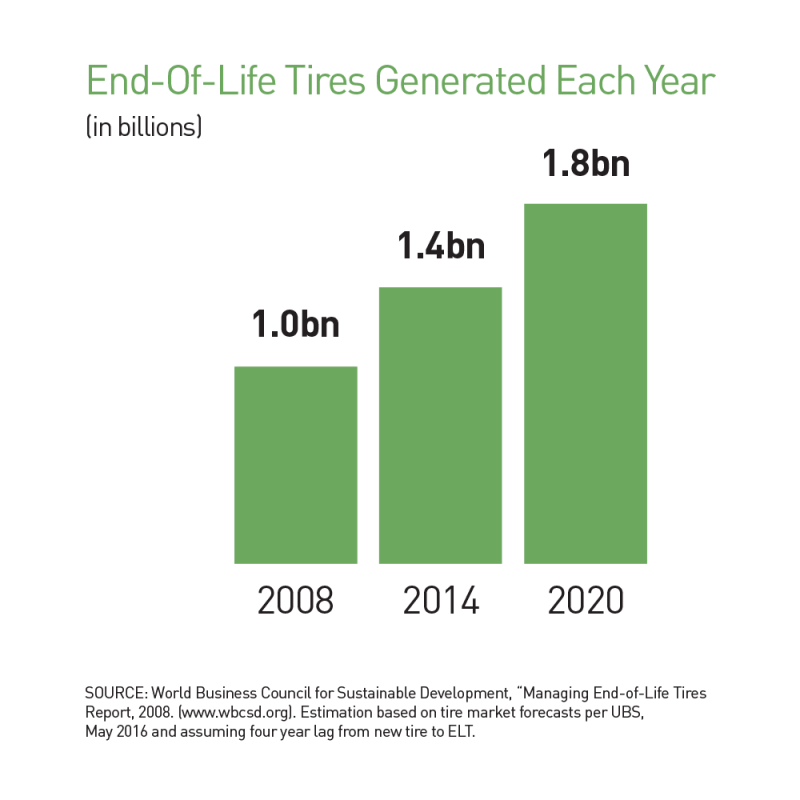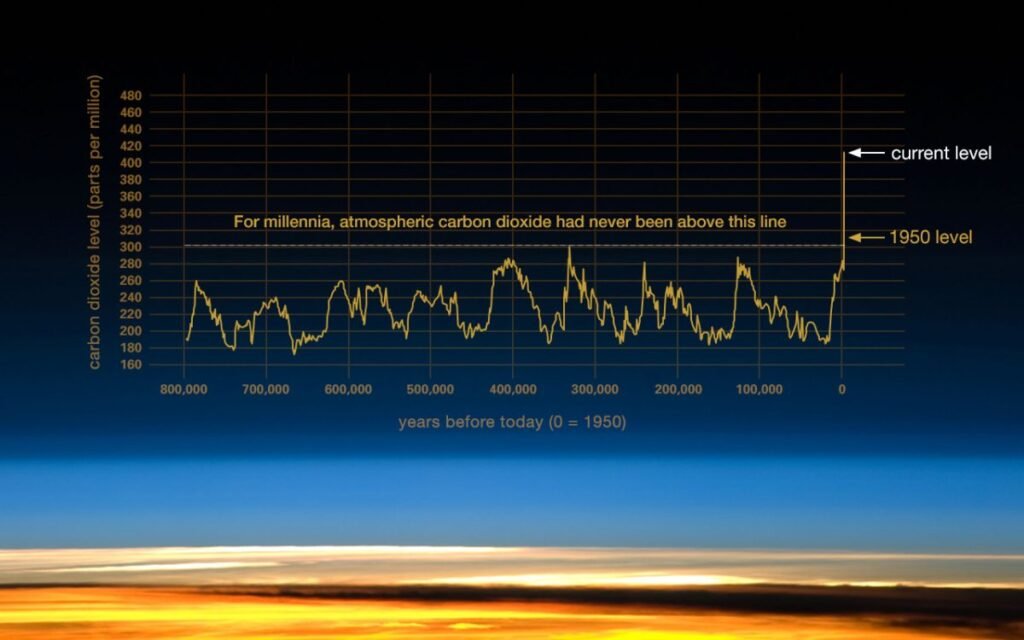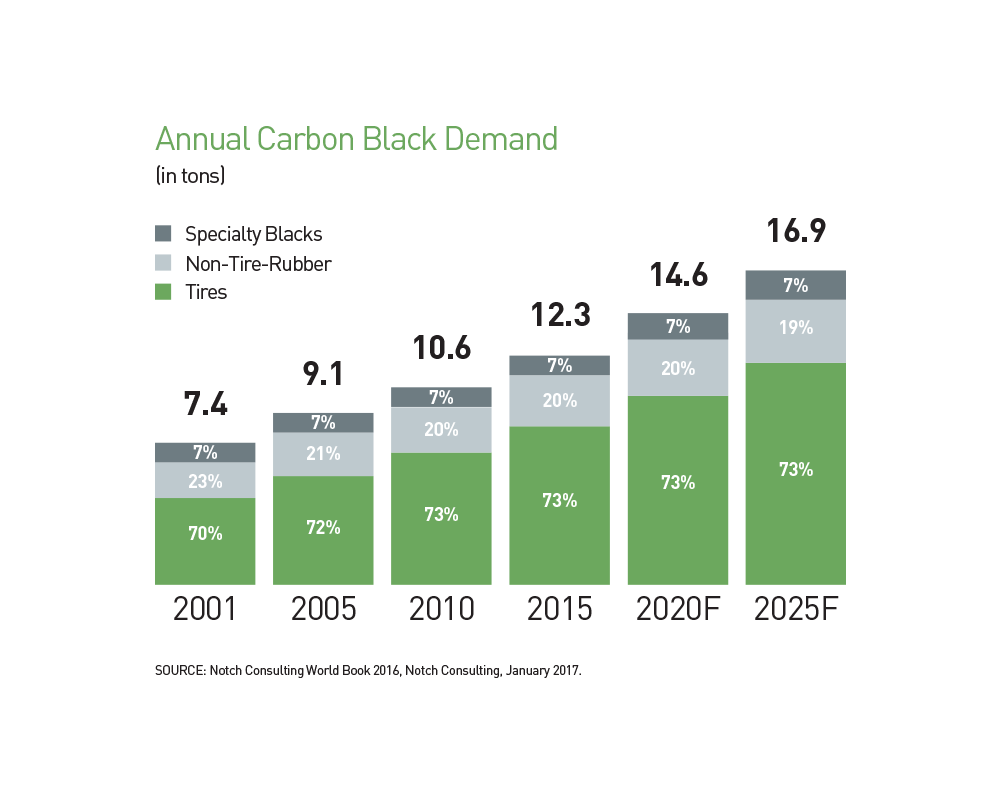Waste Tires
Waste Tires
Two global problems—the disposal of end-of-life tires (ELTs) and rising CO2 emissions—into opportunities.
The End-of-Life Tire Problem
It’s also known as scrap tires or waste tires, represent a huge environmental and health concern that has drawn a growing amount of regulatory attention.
According to the USA’s Environmental Protection Agency (EPA) estimates, there was a scrap tire generated each year for every person in the US, a number that is only growing. The options for disposal of these tires range from recycling to landfill but are unfortunately all unpalatable, both environmentally and economically.
By virtue of their structure, 75% of the space tires occupy is landfill empty space, wasting a huge amount of space. Moreover, tires do not decompose but rather piled tires release significant amounts of methane, which poses harm to both human and natural environments. Due to the inefficiency of this process, it usually involves high and growing fees.

Existing Disposal for End-of-Life Tires
Two global problems—the disposal of end-of-life tires (ELTs) and rising CO2 emissions—into opportunities.Dumping in landfills creates a breeding environment for mosquitoes, which has led to the introduction of non-native mosquitoes to the US and a consequent increased risk of certain diseases. Moreover, it is the perfect host for unquenchable fires such as the tire fire in Winchester, VA which ran for 9 months.
Burning tires is more toxic to the environment that burning coal, releasing an immense number of harmful emissions into the atmosphere. Current recycling options for ELTs also come with their drawbacks. Studies show that the tires and tire shreds used in playgrounds and sports fields release chemicals which result in an increased risk of cancer.
The tire industry is in a bind. Excepting MSW’s, there is no satisfying or sustainable commercial solution to the global ELT dilemma. All traditional processes are environmentally harmful, increasingly regulated, and becoming increasingly costly as a result. As demand for tires continues to grow, the industry will have less and less room to answer to this challenge.
The Environmental Cost of Traditional Carbon Black Manufacturing
The inexorable increase of carbon dioxide emissions being released into the environment is detrimentally affecting every living organism on this planet. CO2 emissions contribute to global warming by absorbing energy and slowing the rate at which energy escapes the Earth’s atmosphere, acting as a blanket insulating the Earth. CO2 is primarily emitted through the burning of fossil fuels (coal, natural gas and oil).
Carbon Black is traditionally produced by partial vaporizing (burning) crude heavy oil with hot gas steam, then ‘quenching’ or cooling the vapor to produce microscopic carbon particles which form a fluffy material.

Other hazardous emissions from the traditional Carbon Black process include carbon disulfide, carbonyl sulfide and hydrogen cyanide. These hazardous emissions can result in chronic, acute cancerous and non-cancerous effects, reproductive and developmental effects.
Tension Between Rising Demand for Carbon Black and Contracting Supply
Carbon Black is an essential ingredient in many of society’s essential products: tires, non-tire rubber goods, and specialty uses. In rubber products, Carbon Black positively impacts tear-strength, abrasion-resistance, elasticity, and resilience. It is one of the primary reasons that modern tires last as long as they do. Increasing environmental costs, especially in the USA, have resulted in the more environmentally inefficient plants being closed and prohibited the commissioning of new plants in the USA, placing the industry and society in a dilemma.
Given its necessity, it is important that we find environmentally-friendly ways to manufacture Carbon Black. Currently, traditional manufacturing involves the incomplete combustion of heavy aromatic oils such as residual fuel oil (common in the US), raw coal tar (common in China), or cracked ethylene tar (common in Europe). Each of these releases an inordinate amount of emissions and harmful byproducts into the environment.

